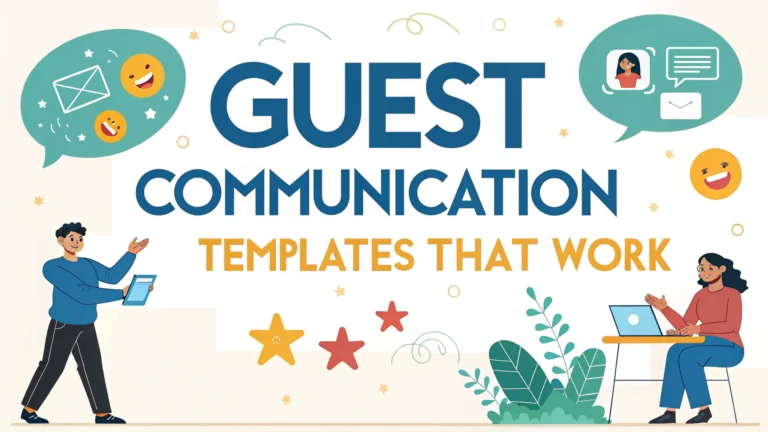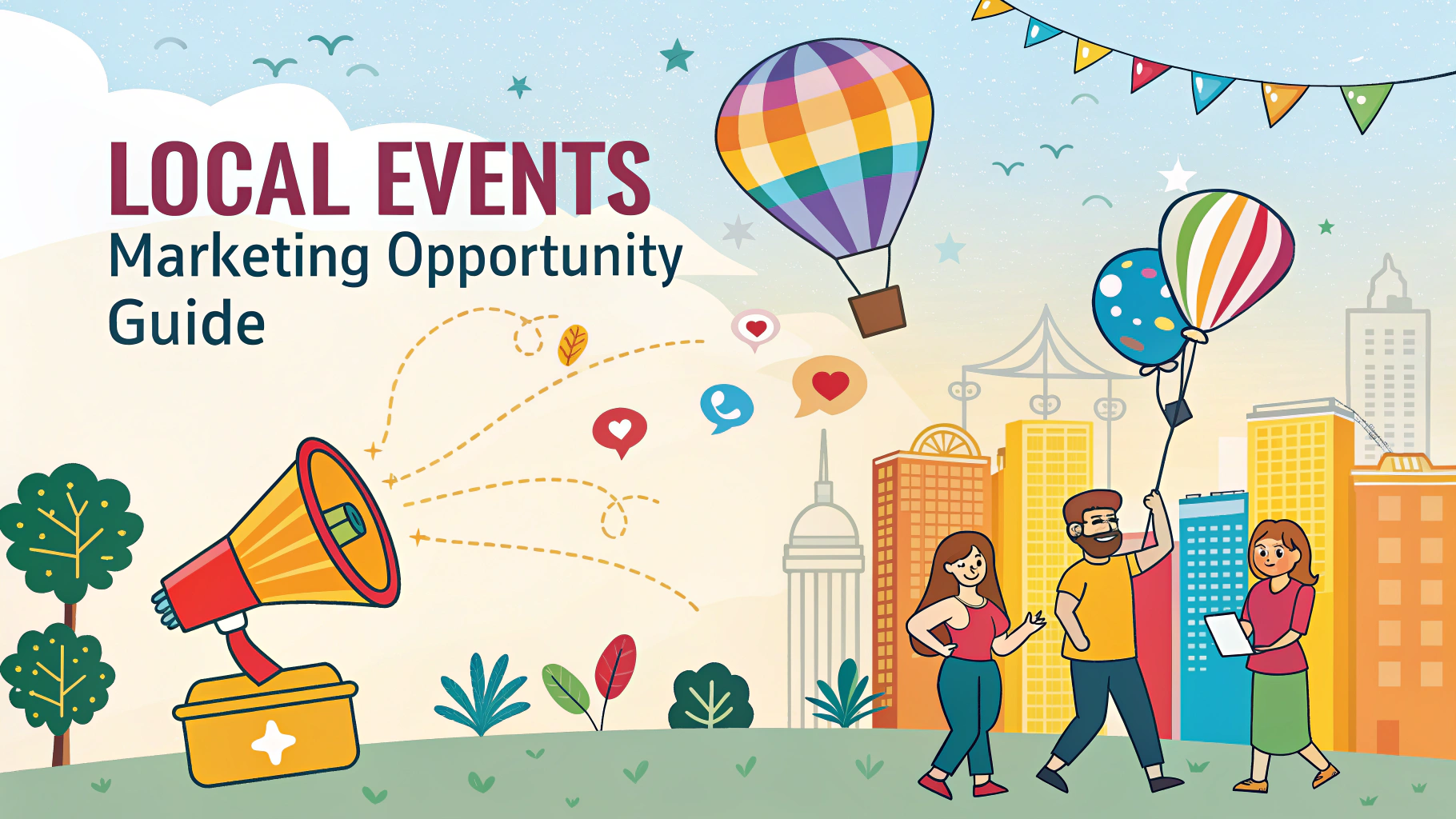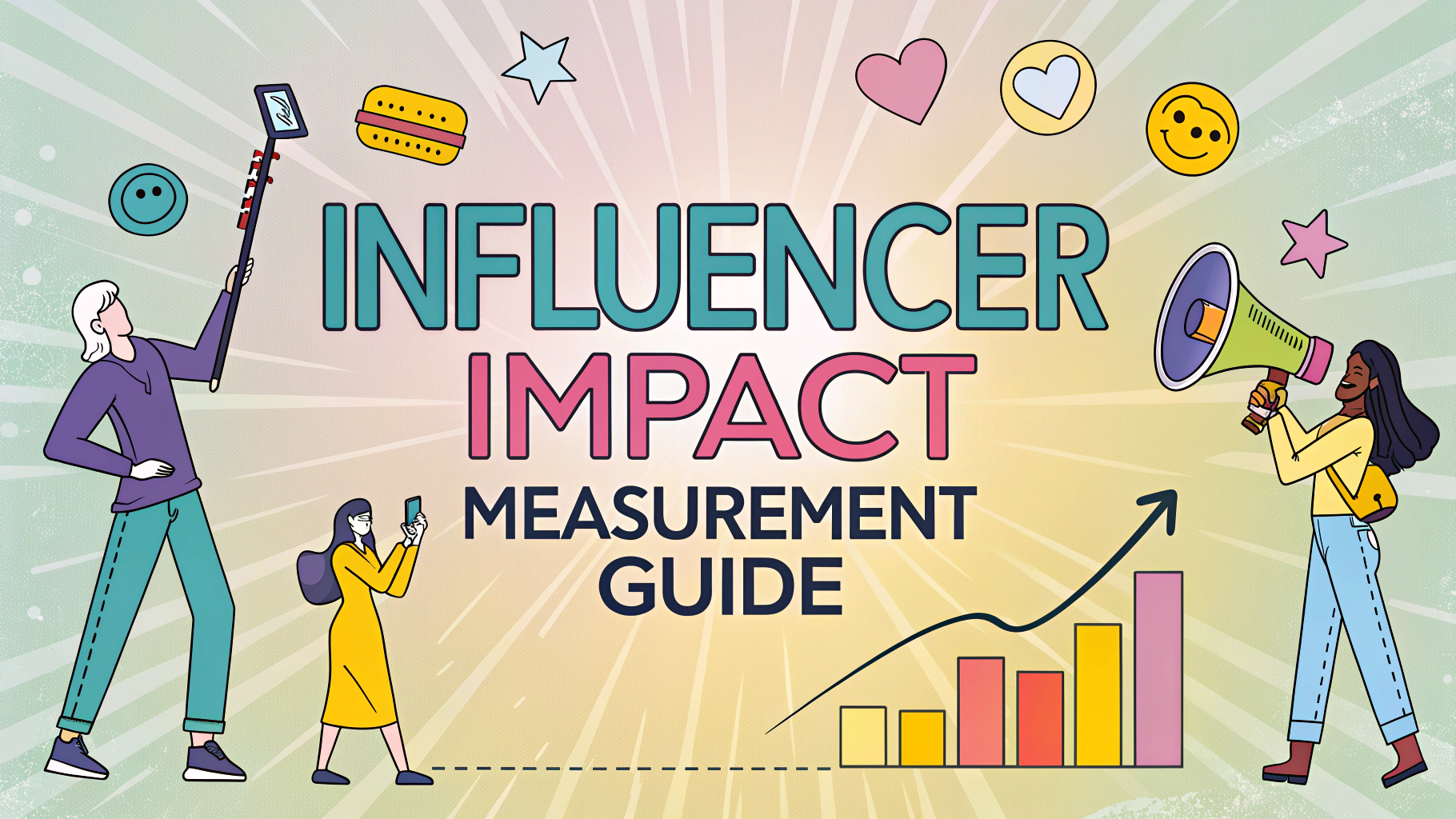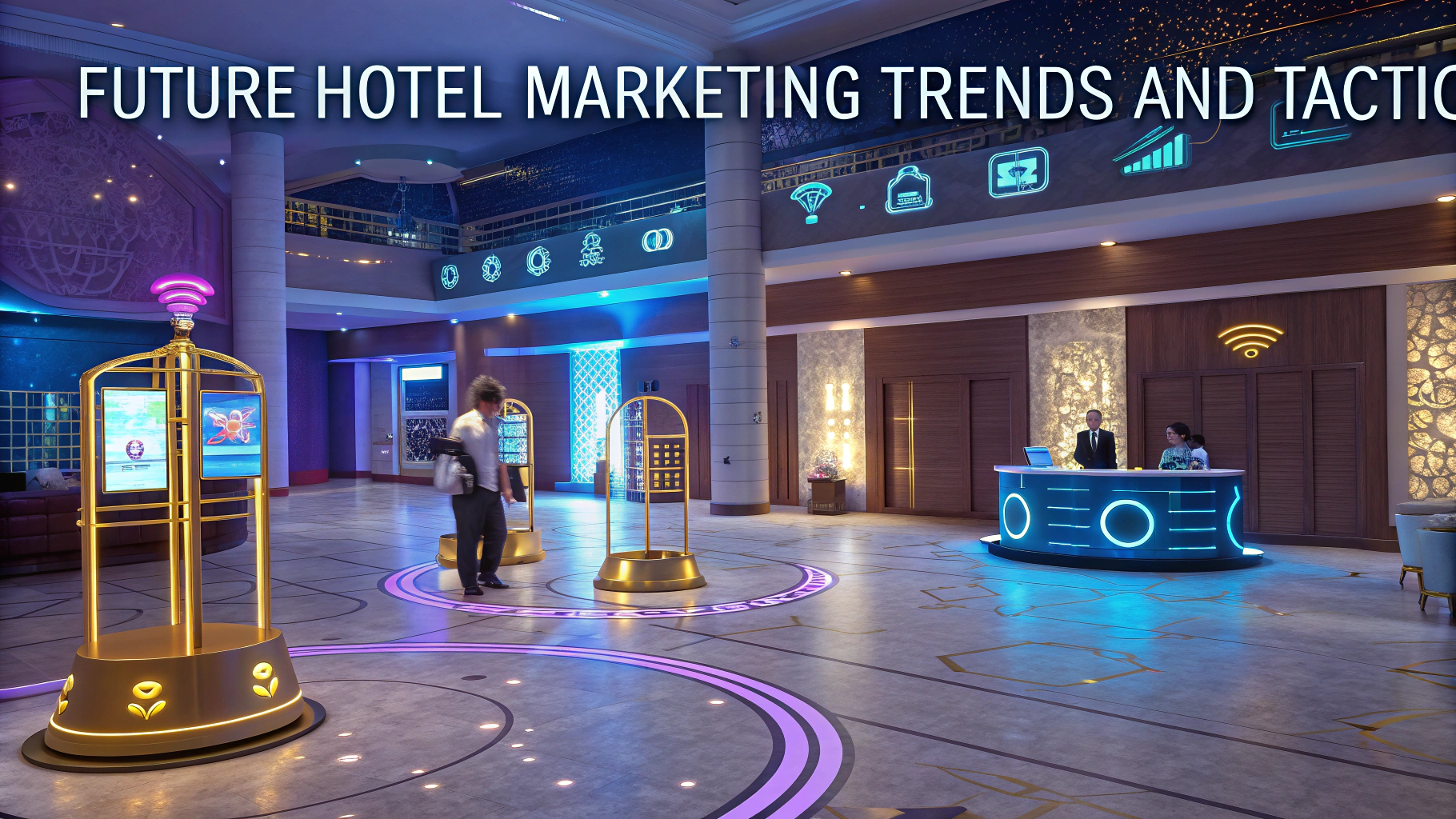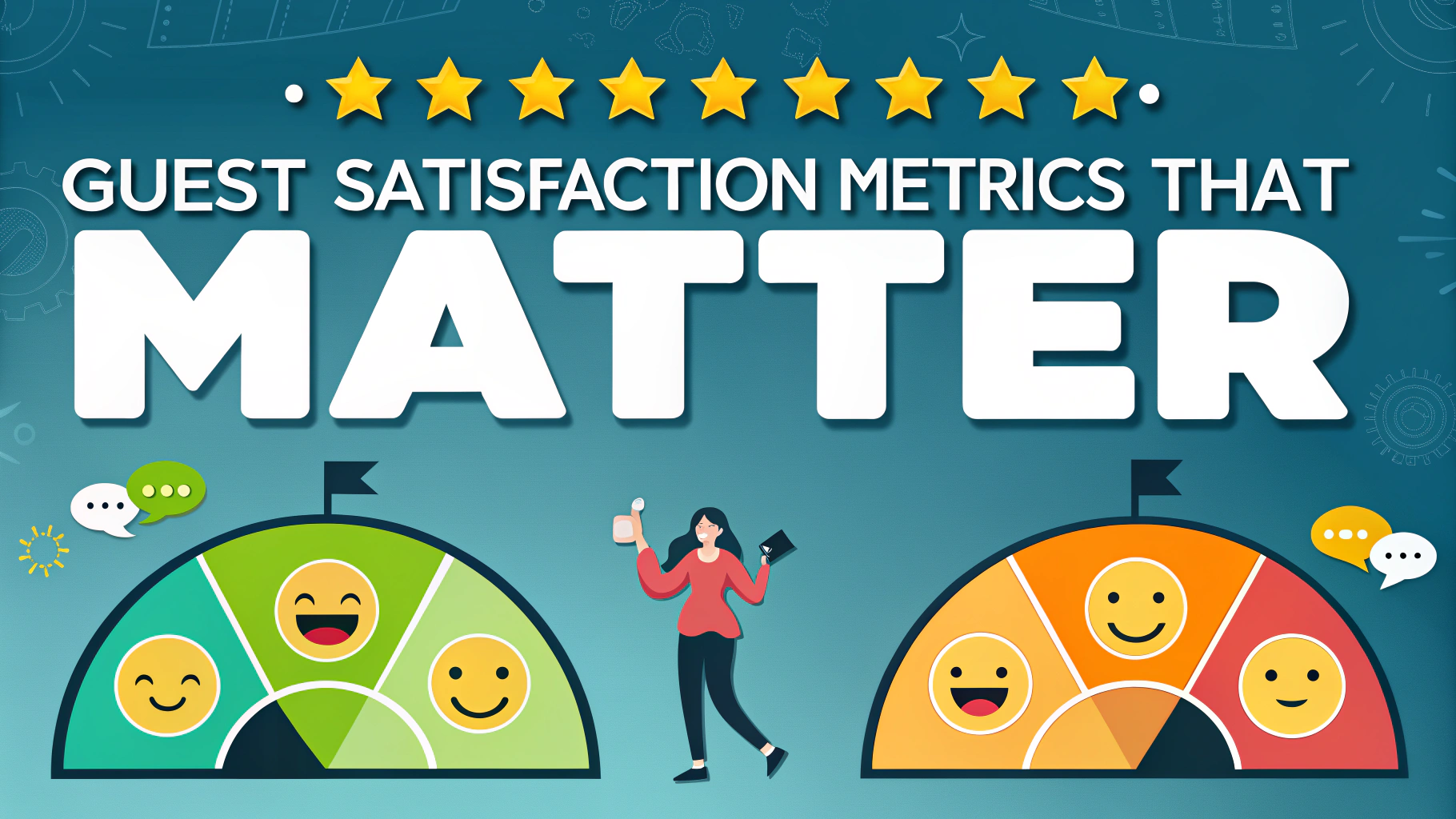Guest communication can make or break a hotel’s reputation and booking rates.
Templates streamline the process while maintaining consistency across all guest interactions, from pre-arrival to post-stay feedback.
This guide shares proven hotel communication templates and strategies that enhance guest satisfaction and drive repeat bookings.
Pre-Arrival Communication Templates
Send the booking confirmation email within 5 minutes of reservation completion.
- Booking reference number
- Check-in/check-out times
- Room type details
- Parking information
- Directions to the property
Pre-Arrival Template Example
Dear [Guest Name],
Thank you for choosing [Hotel Name] for your upcoming stay on [Check-in Date].
Your booking details:
- Confirmation: #[Number]
- Room Type: [Room Type]
- Check-in: [Time]
- Check-out: [Time]
Check-in Communication
Mobile check-in messages should go out 24 hours before arrival.
- Digital room key information
- Wi-Fi credentials
- Property amenities guide
- Local recommendations
During-Stay Communication
Guest messaging should be available through multiple channels:
- SMS/WhatsApp
- Hotel app
- In-room tablet
- Front desk direct line
Post-Stay Follow-up
Send the first feedback request within 24 hours of check-out.
Review Request Template
Dear [Guest Name],
We hope you enjoyed your stay at [Hotel Name].
Share your experience: [Review Link]
Problem Resolution Templates
Address issues with this framework:
- Acknowledge the problem
- Apologize sincerely
- Explain the solution
- Offer compensation if warranted
- Follow up to ensure satisfaction
Template Management Tips
- Update templates quarterly
- Personalize based on guest data
- Test different versions
- Train staff on proper usage
Recommended Tools
| Tool | Best For |
|---|---|
| Revinate | Email marketing automation |
| ReviewPro | Guest feedback management |
| ALICE | Staff communication |
Taking Your Communication Forward
Regular template updates and personalization ensure your guest communications remain effective and relevant.
Monitor response rates and guest feedback to refine your communication strategy continuously.
Consider implementing a guest messaging platform to centralize all communications and improve response times.
Best Practices for Message Timing
Strategic timing maximizes message engagement and guest satisfaction:
- Pre-arrival: 7 days and 24 hours before check-in
- Welcome message: Within 2 hours of check-in
- Satisfaction check: 24 hours after arrival
- Departure info: Evening before check-out
- Review request: Within 24-48 hours post-stay
Personalizing Guest Interactions
Leverage guest data to create meaningful connections:
- Previous stay preferences
- Special occasions
- Loyalty program status
- Dining choices
- Activity interests
Measuring Communication Success
Track these key metrics to evaluate effectiveness:
- Response rates
- Resolution time
- Guest satisfaction scores
- Review sentiment
- Repeat booking rates
Elevating Your Guest Experience
Effective communication templates serve as the foundation for exceptional guest experiences. Regular updates, personalization, and strategic timing transform standard messages into meaningful guest interactions.
Implement these templates alongside robust staff training and modern communication tools to create a seamless guest journey that drives loyalty and positive reviews.
Remember that templates should evolve with guest preferences and technology advances to maintain their effectiveness in an ever-changing hospitality landscape.
FAQs
1. What are the essential elements of effective hotel guest communication templates?
A professional greeting, clear message purpose, personalization fields, concise information, clear call-to-action, and proper signature with hotel contact details.
2. How often should hotels send pre-arrival communications to guests?
Send the first communication immediately after booking confirmation, followed by a pre-arrival email 3-5 days before check-in, and a final reminder 24 hours before arrival.
3. What communication channels should hotels use for guest templates?
Email, SMS, messaging apps (WhatsApp, WeChat), mobile app notifications, and traditional letters for luxury properties. Use multiple channels based on guest preferences.
4. How can hotels personalize communication templates effectively?
Use guest data including name, loyalty status, previous stay history, special requests, and booking details to customize messages while maintaining consistent branding.
5. What are the must-have templates for hotel guest communications?
Booking confirmation, pre-arrival information, welcome message, in-stay updates, special offers, checkout instructions, post-stay feedback request, and loyalty program communications.
6. Should hotels use different templates for different guest segments?
Yes, create specific templates for business travelers, leisure guests, groups, VIPs, and loyalty program members to address their unique needs and preferences.
7. What’s the optimal length for hotel guest communication templates?
Keep templates concise: emails should be readable within 30 seconds, SMS messages under 160 characters, and ensure all essential information is visible without scrolling.
8. How can hotels maintain brand consistency across different communication templates?
Use consistent tone, formatting, logos, colors, and language across all templates while following brand guidelines and maintaining professional standards.
9. What are common mistakes to avoid in hotel communication templates?
Avoid generic greetings, excessive promotional content, poor formatting, spelling errors, missing contact information, and inconsistent branding elements.
10. How should hotels handle multilingual communication templates?
Maintain professional translations for major guest languages, use native speakers for verification, and ensure cultural sensitivity in all communications.
11. What role do automated templates play in guest communications?
Automation helps maintain consistent communication flow, triggers timely messages based on guest journey touchpoints, and reduces staff workload while maintaining service quality.
